
At WiK’s Words and Music bonenkai on Dec 8, long term resident Ken Rodgers delivered the following piece. One time organiser of Kyoto Connection and managing editor of Kyoto Journal, Ken has been instrumental in enriching the expatriate experience for those living in the ancient capital.
_________________
The Pillowbook of Moe Uzumasa
Getting behind a microphone reminds me of a time back in the early 90s, when I had a brief but illustrious career as a pirate radio DJ at Shinchihaya, David Kubiak’s community space up in the forest on Yoshidayama – now a secluded café called Mo-an.
Mounting a short antenna on the roof, David wired up a totally illegal micro-FM transmitter. I had a few LPs and was running a little monthly writers group there called the Word Exchange — also emceeing Kyoto Connection, so I was nominated to be DJ for its initial, and probably only broadcast.
Songwriter/busker Richard Goodman starred as ‘live guest.’
Due to the elevation, one listener heard us down in Fushimi.
We were pioneers.
Later Seibu Kodo at Kyodai set up a legal local mini-FM station. As I remember, David and Kathy suggested the name of the corporate FM Kokoro, when it started up.
Tonight I was planning to read you another pseudo-Buddhist sermon about dog-nature, elephant-nature, Buddha-nature and human nature. But since reading Chris Mosdell‘s new book, The Radicals, which is packed with historical tropes of classical Kyoto, I started looking for more present-day references to Kyoto culture, which is clearly still morphing.
Naturally enough, I thought of the Kyoto Municipal Transportation Bureau and its Get On! Kyoto City Subway campaign. ….Of course.
Mainly due to the extreme expense of full-scale archaeological surveys on every new development, by 2010 the subway had a budget deficit of 8.6 billion yen.
With 300,000 riders per day, they desperately needed an additional 50,000 passengers.
The solution? The super-cool subway and bus-tripping anime-style subway girls: Moe Uzumasa, Misa Ono, Saki Matsuga, Moe’s big sister Rei Uzumasa, and a clan of supporting characters.
So I’d like to introduce to you
The Pillowbook of Moe Uzumasa
Like Sei Shonagon, Moe loves making lists:
Things that Seem Close, but are Distant
The moon, over Higashiyama.
Harry Potter World at Universal Studios, in Osaka
Things that Seem Distant, but are Close
College entrance exams.
The fans who donated 10,422,000 yen for our 12-minute Subway Girls animation, Chikatetsu ni Noru.
Things Not Worth Doing
Traveling by Keihan, or Hankyu lines.
Not that I’d even think of doing that myself, but I hear they have some “premium cars,” that are absurdly modernistic, and others that are just hideously old-fashioned.
Things That Suck
Junior-high kids with no stuffed toy mascots hanging off their schoolbags.
Junior-high kids with ridiculously huge stuffed toy mascots hanging off their schoolbags.
My agent, for never letting me wear my pre-ripped jeans and L.A. vacation T-shirt in public.
Things That Really Suck
Being 17 years old ever since 2011.
That elderly gaijin who follows me around. Grey beard, red monkey face; elbowing his way through closing doors, leaning over my shoulder to see what I’m texting.
He just has no idea of subway etiquette.
Once he even asked me which was my favorite platform.
I said ‘Line.’ We all use it.
He just looked at me, like I hadn’t aced my Eiken test 5 years straight, and said,
‘Um, which station?’
I was like “Oh, FM Kokoro,” and he laughed and wrote that down, the idiot.
No-one under 50 listens to radio anymore.
______________________
For other pieces by Ken, see this travel article, or this D-Day memoir, or this celebration of Kyoto Journal’s 30th anniversary.

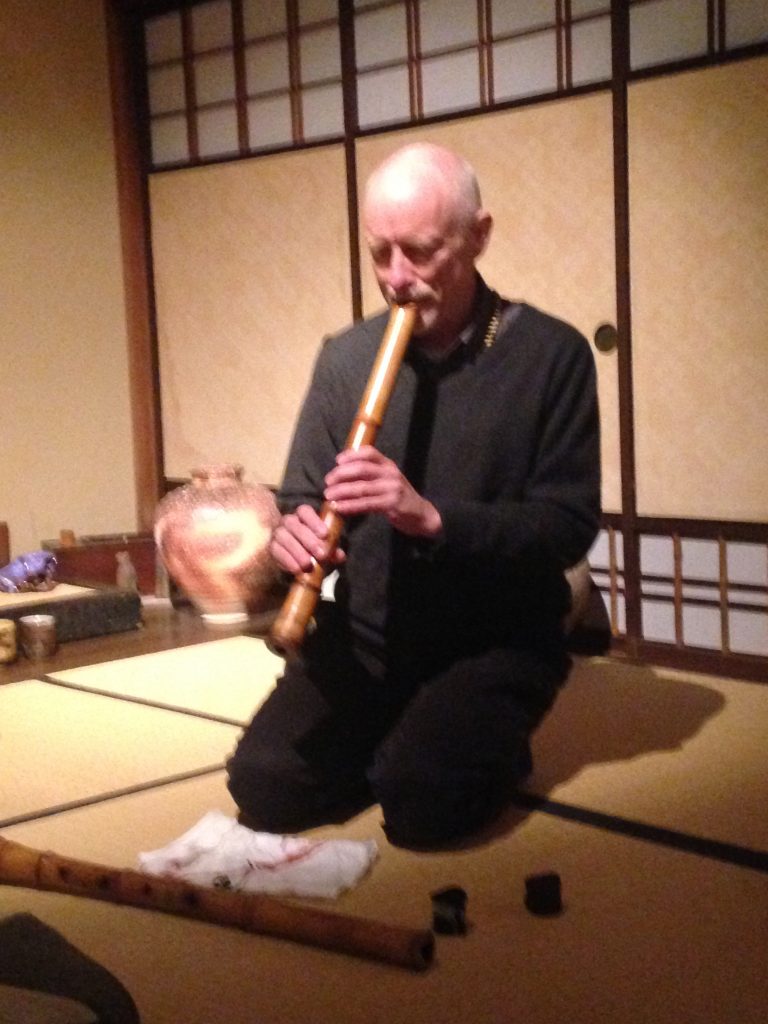



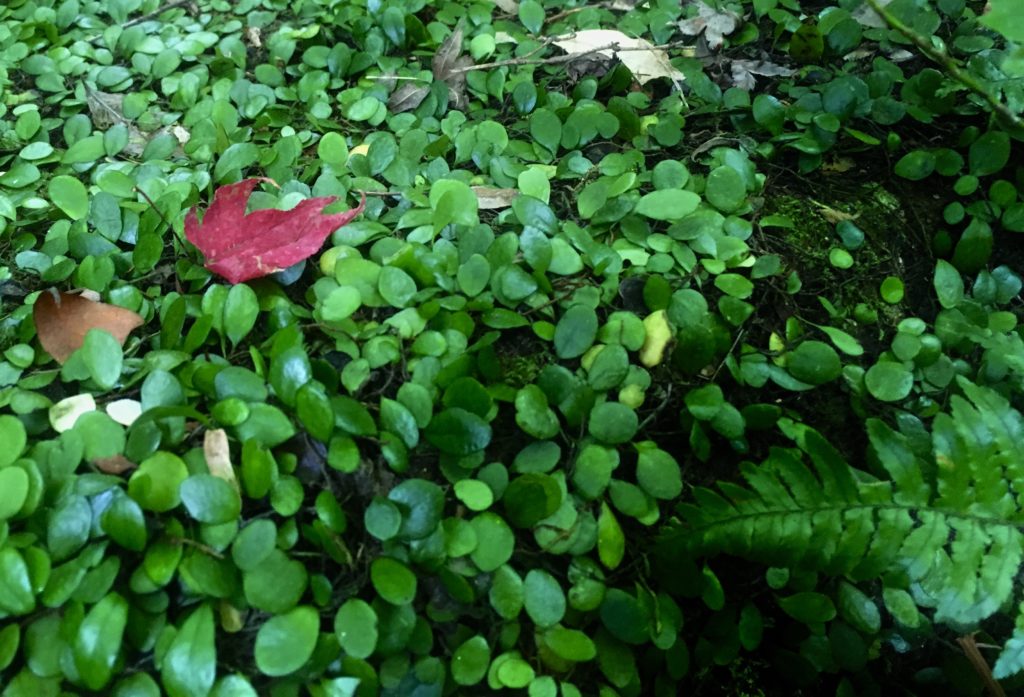























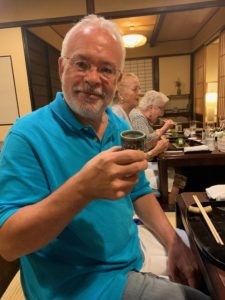


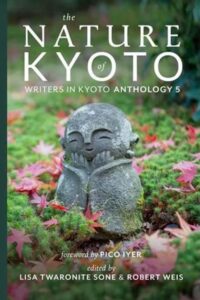
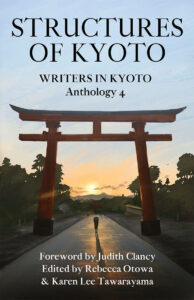
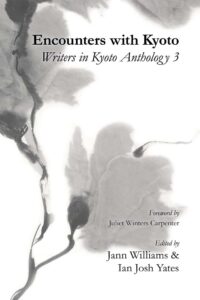
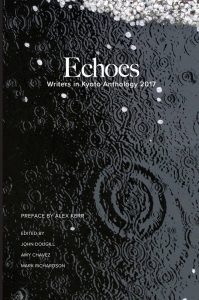
Recent Comments